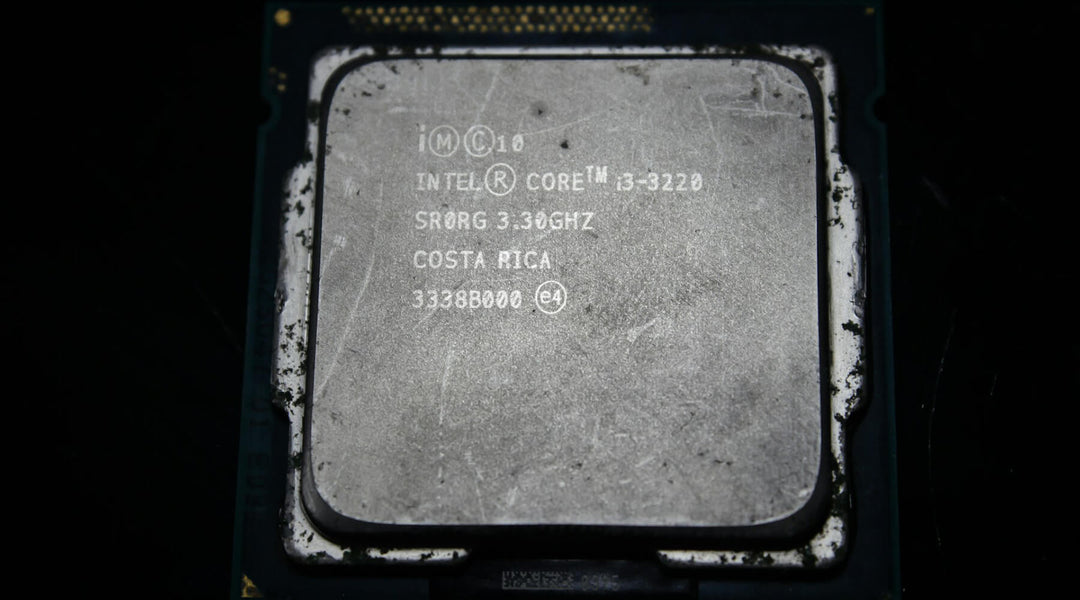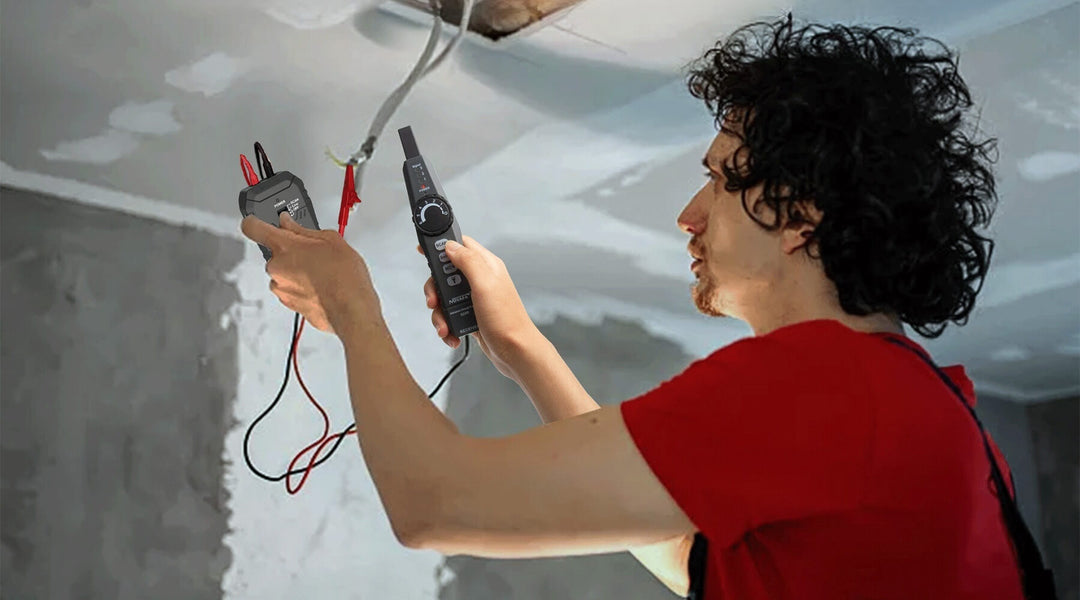How To Trace And Test An RJ45 Ethernet Cable Using Noyafa NF-8601S
Networking and cabling are critical components of modern technology, and proper testing and maintenance are essential for ensuring reliable and fast connections. In this blog post, we will guide you through the process of tracing and testing RJ45 Ethernet cables using the Noyafa NF-8601S, versatile and efficient cable tester. Whether you're a professional network installer, IT support specialist, or a DIY enthusiast, you will find this article informative and practical.
Definition of RJ45 Ethernet Cable
An RJ45 Ethernet cable is a network cable used to connect devices to a wired internet connection or LAN (Local Area Network).
It is a commonly used standard for connecting computers, servers, switches, routers, and other networking equipment.
The RJ45 connector has eight pins and can transfer data at speeds up to 1 Gb/s (Gigabit per second).
Ethernet cables can be either shielded or unshielded and come in different lengths and categories to meet specific networking requirements.
Overview of Noyafa NF-8601S
The Noyafa NF-8601S TDR Cable Tester is a compact, handheld device used for testing and tracing various Ethernet cables types, including cat5e, cat6, cat6a, cat7, power cable (4+2 LAN cable, 8+2 LAN cable), Tel cable, and Coax cable. It features an LCD with an easy-to-use interface, advanced TDR technology, and a wide range of testing functions, including cable continuity, short circuit, length measurement, and cable quality testing.
How it Works: The Noyafa NF-8601S uses TDR (Time Domain Reflectometry) technology to measure a cable's electrical impedance and reflectance to detect faults and measure the cable length.
When a signal is sent down the cable, the Noyafa NF-8601S tester measures the time it takes for the signal to travel to the end of the cable and back. Based on this measurement, the Noyafa NF-8601S tester can calculate the location and type of faults in the cable, as well as the cable length.
Tracing RJ45 Ethernet Cables with Noyafa NF-8601S
Tracing Ethernet cables with the Noyafa NF-8601S is a straightforward and efficient process.
The following methods will guide you through tracing your cables using the Noyafa NF-8601S TDR Cable Tester.
Method 1: Trace RJ45 Ethernet Cable using Port Flash

You can use this method to trace the Live RJ45 Ethernet cable visually by flashing the port light on Switch/Hub. However, this method only works for good network cables.
- Insert batteries into the Noyafa NF-8601S cable testing device and turn it on.
- Enter the main menu, and press the “port flash” icon
- You will now have a blue screen with a hollow red circle.
- Insert the RJ45 Ethernet Cable in POE/PING port on the main unit.
- The hollow red circle will start flashing into a solid red circle in a frequency.
- Now, look at the switch port where the target cable is connected.
- The light on the switch port where the other end of the target cable is connected will flash at the same frequency as the red circle on display, indicating the location of the cable.
Method 2: Trace RJ45 Ethernet Cable using the "Scan" function

This method effectively finds and roughly locates the target RJ45 Ethernet cable among the unknown ones.
1. Power on the NF-8601S scanner (main unit).
2. Now insert the target Ethernet cable into the "RJ45 Scan" port on the main unit.
3. Select the "Scan" function on the main menu. The main unit will default enter the "low frequency" scanning mode. (However, you can also toggle to "PoE switch” mode and “High-frequency” scan mode as per your working conditions.)
4. Now press the "Power” button on the receiver unit to turn it on. (Have an eye on the indicator light to confirm that the receiver has turned on.)
5. Press the "SET" button once until the indicator light with the label "SCAN" turns red.
6. Now take your receiver to the other side of the target cable to scan and trace the target cable.
Testing RJ45 Ethernet Cables with Noyafa NF-8601S
Noyafa NF-8601S is a multi-purpose tool to perform various tests on RJ45 Ethernet cables. Some of the major tests you can perform are as under:
Test #1: Pin-to-Pin Test

1. Turn on the NF-8601S scanner (main unit).
2. Plug in one end of the target RJ45 cable to the "RJ45 Main" port on the main unit
3. Plug-in the other end of the target cable to the "RJ45" port of the remote identifier unit.
4. Select the "Mapping" function on the main menu, then choose the right cable type (cat5e, cat6, cat6a, cat7)
5. Once selected, the device will perform the test automatically and display one of the following results:
a. “Cable open or too short”:

The cable is not connected correctly to the main unit or remote unit, or the cable is too short of performing the test.
b. Correct Connection

R = Remote Identifier, M = Main Tester, G = Ground
You will see the graph (as above) while testing a shielded RJ45 Ethernet cable with a good connection using the remote identifier.
c.Short Circuit

If there is a short circuit, the above-shown graph type will appear, mapping the PIN, location & distance.
Note: The example graph above shows that the Ethernet wire is shorted at pins 38 and 45, at a distance of 49.3 meters.
d. Open Circuit

If there is an open circuit, the above-shown graph type will appear, mapping the PIN, location & distance.
Note: The example graph above shows the Ethernet wire is shorted at pins 2 and 5, at a distance of 97.2 meters from the starting end of the remote unit.
e. Cross

The above graph appears if the wire is crossed.
Note: The example graph above shows that pins 2 and 5 of the Ethernet wire are crossed.
f. Open, Short, Cross

There are instances where Ethernet wires have open and short circuits along with crossed wires. In this case, the above-stated graph will appear.
Note: The example graph above shows that pin 3 and pin 8 of the Ethernet wire are short, pin 1 is open, and pin 2 and pin 5 are crossed.
In conclusion
Tracing and testing an RJ45 Ethernet cable using Noyafa NF-8601S is a straightforward process that can be easily performed by anyone, even those without prior technical experience.
The NF-8601S tester is a reliable and efficient tool that helps to quickly identify cable issues and verify the connectivity of your RJ45 network cables.
By following the steps outlined earlier, you can ensure that your RJ45 Ethernet cables are functioning correctly and your network is running smoothly.
Investing in a high-quality cable tester like the Noyafa NF-8601S is an intelligent choice for anyone who wants to maintain a well-functioning network and avoid costly downtime.




